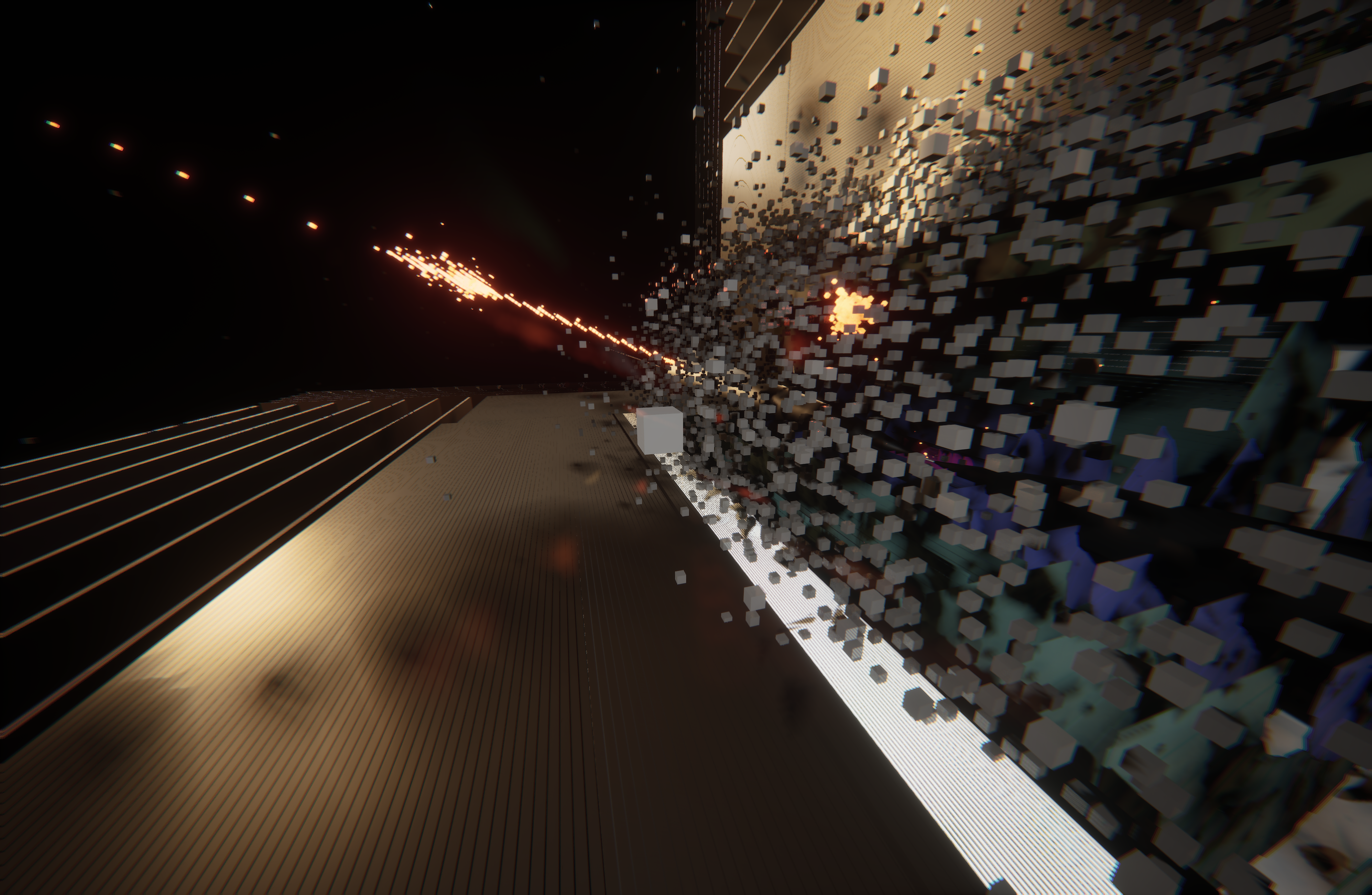
US Muon Collider Collaboration
Why a muon collider?
A muon collider is the only near-future technology to allow exploration of the 10 TeV scale and beyond.
Exploration of the energy frontier has led to some of the most fundamental discoveries of the last century. To continue this exploration into the future, a paradigm shift is needed. We cannot simply build larger and larger versions of the same ee and pp machines: constraints from cost, available land, and energy efficiency put a cap on the reach of these machines.
A muon collider is an affordable, compact, and energy efficient solution that provides the potential to explore energies well beyond the 10 TeV scale. But to realize this vision in the future, research and development is needed today.
Why now?
Recent breakthroughs and the need for a global collider future make now the right time to act.
Over the last decade, major developments in target technology, high field magnets, ionization cooling and precision timing detectors have turned a muon collider from a far-off dream to a tangible possibility. However, realization of such a collider still requires significant international R&D and demonstrator program stretching over the next 2 decades.
Current estimates for the duration of the required R&D program aim for technical readiness to construct the machine in approximately 20 years, making a muon collider the fastest path to energies beyond the LHC. However adequate funding is necessary to maintain this plan and prevent loss in expertise and personnel. With dedicated R&D today, we can re-invigorate the US accelerator program, and inspire particle physicists for decades to come.
Piggybacking off of planned upgrades for Fermilab’s proton complex, there is an opportunity to build a Fermilab-sited muon collider, bringing the energy frontier back to US soil.
What's next?
How to get involved?
The international muon collider community is a rapidly growing group that enthusiastically welcomes new members.
The best way to get involved is to navigate to our contact page and reach out to the coordination mailing list, the co-chairs, or the person there who’s most closely aligned with your interests.
